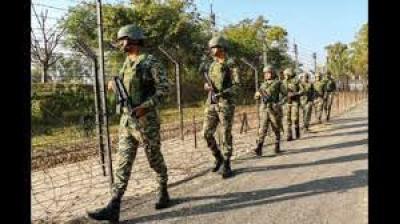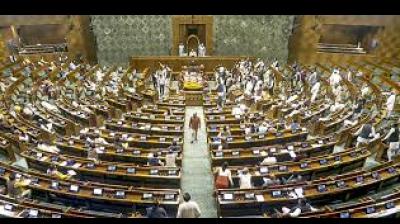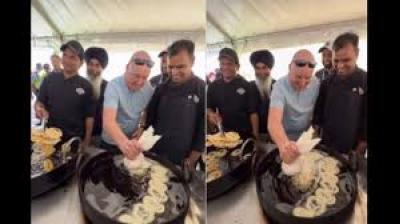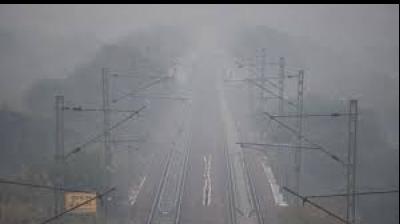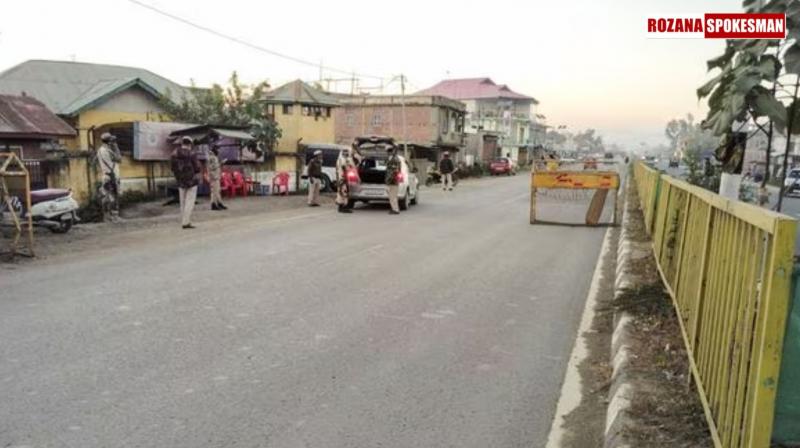
A high-level review meeting was held on Monday to evaluate the impact of these measures.
Manipur is once again in the grip of violence. On Sunday, mobs of Meitei individuals defied the curfew to torch the homes of at least four MLAs, set dozens of vehicles ablaze, and stage violent protests across the state. In response, Union Home Minister Amit Shah cut short his election campaign in Maharashtra and returned to New Delhi to assess the situation and consider additional measures to restore peace.
A high-level review meeting was held on Monday to evaluate the impact of these measures. According to government reports, security forces have been directed to prevent any ethnic group from disrupting law and order and to use necessary force against violent elements.
Despite these instructions, the situation in Manipur, particularly in the state capital Imphal, remains tense. Leaders from various ethnic communities are reluctant to engage with the state government, exacerbating the crisis.
The Roots of the Conflict
Manipur, a northeastern state with deep socio-cultural ties to Indian traditions, is home to three major ethnic groups: the 'Meitei', 'Naga', and 'Kuki' communities. The Meiteis, considered the oldest inhabitants, primarily live in the Imphal Valley, which makes up just 10% of the state’s land area but is home to 60% of its population. The valley also controls 65% of the state’s economic resources and elects 40 of the 60 MLAs.
In contrast, 90 percent of Manipur’s land area consists of hills, inhabited by about 35 tribes, predominantly Naga and Kuki-Zo, who elect the remaining 20 MLAs. While the majority of Meiteis are Hindus, with some Muslims among them, the Nagas and Kukis are largely Christians. This ethnic and religious composition has long been a source of tension.
'The Current Crisis'
The ongoing unrest traces back to a 'Manipur High Court ruling two years ago', which directed the state to grant Scheduled Tribe (ST) status to the Meiteis. This decision was met with fierce opposition from the Naga and Kuki tribes, who argued that the already dominant Meiteis did not need further socio-economic benefits.
The protests escalated into violence, beginning with attacks on Meiteis in the Jiribam sub-division of Churachandpur district. Retaliatory attacks on Kukis in Imphal followed, deepening the divide. Instead of quelling the violence, the BJP-led state government under Chief Minister N. Biren Singh was accused of favoring Meitei groups, further fueling mistrust.
'Political Implications and Army Deployment'
The state’s political dynamics have also played a role in the crisis. Allegations of forced evictions of Kukis from Meitei-majority areas added to the tensions. While the violence has somewhat subsided, sporadic incidents continue to ignite ethnic hatred. Political parties, including the BJP, have been accused of exploiting the situation for political gains rather than addressing the root causes.
The ongoing violence has necessitated the deployment of additional Army and central paramilitary forces to the state. However, the state leadership's perceived partiality has hindered efforts to restore lasting peace.
'The Way Forward'
The escalating crisis highlights the urgent need for decisive action. The BJP’s central leadership must consider replacing Chief Minister N. Biren Singh to restore faith in the state government’s impartiality. This step, along with continued security measures and genuine efforts to foster dialogue among the warring communities, may provide a pathway to peace.
Manipur’s recurring violence underscores the critical importance of addressing ethnic and social tensions through inclusive governance and equitable policies. Only through such measures can the state hope to rebuild trust and chart a path toward lasting harmony.


